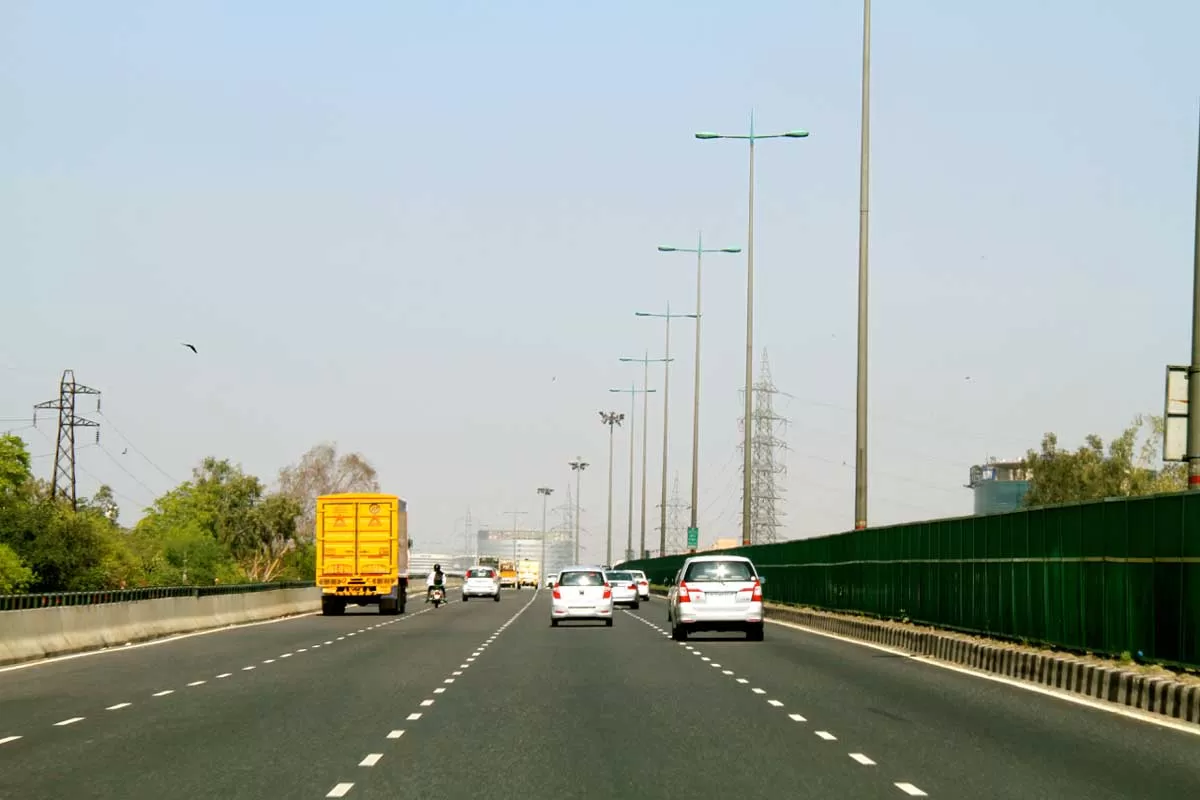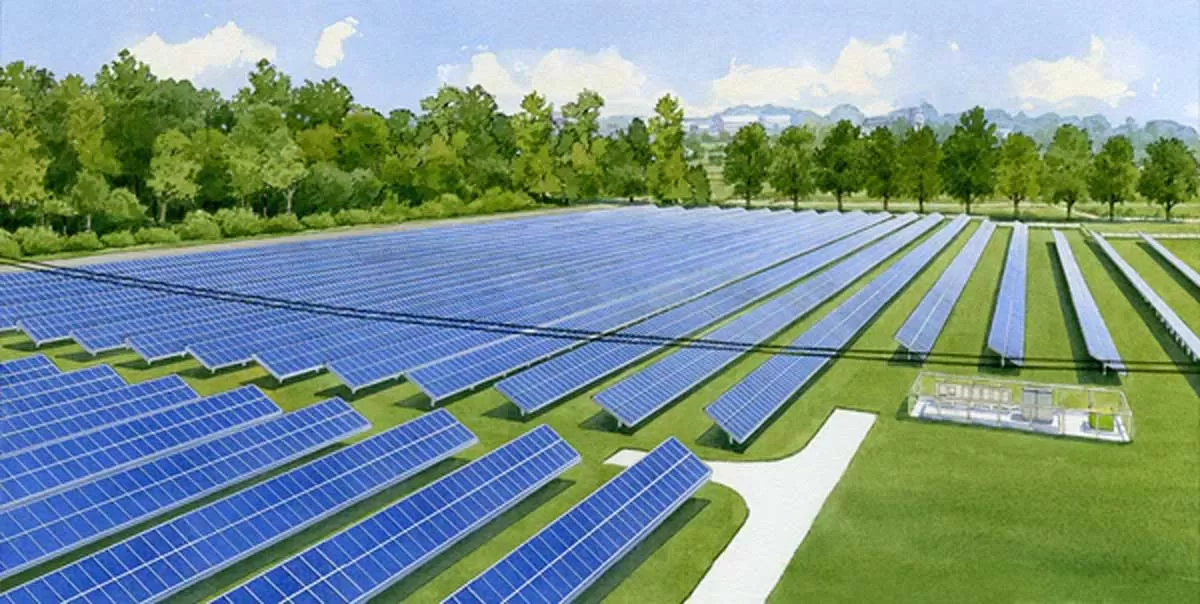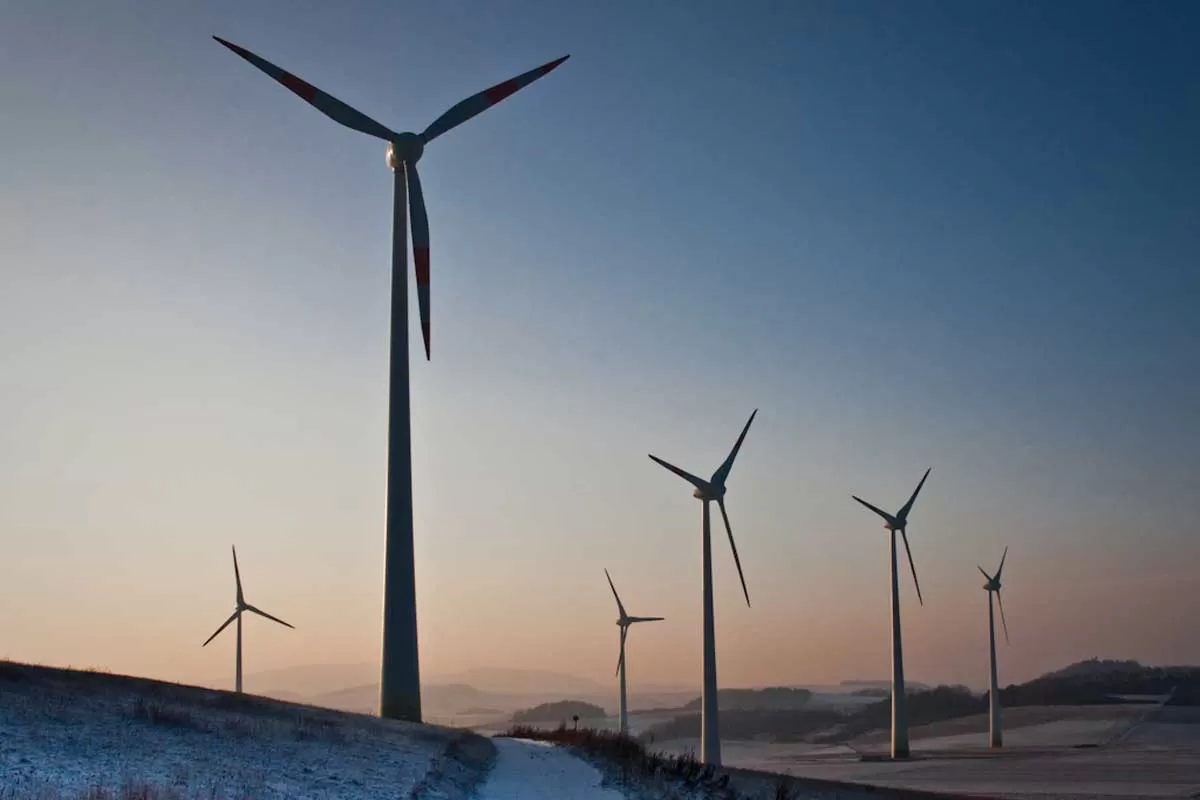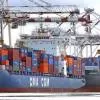
HG Infra Subsidiary Wins Rs 11.23 Bn Highway Contract in Odisha
HG Infra Engineering’s wholly owned subsidiary, HG Raipur Visakhapatnam OD-6 Pvt Ltd, has secured a contract worth Rs 11.23 Bn from the National Highways Authority of India (NHAI) for the construction of a key highway segment in Odisha.The project involves developing a six-lane stretch of National Highway 130-CD, from Baunsaguar to Baraja, as part of the Raipur–Visakhapatnam Economic Corridor. It will be executed under the hybrid annuity model, which combines upfront government support with long-term private sector operation.Designed to improve regional connectivity and boost infrastructur..

UP Govt Signs MoUs to Boost Solar Energy
The Uttar Pradesh government has signed memoranda of understanding (MoUs) with the Smart Energy Council of Australia and the Hinduja Group to advance its green energy transition. The state aims to generate 500 gigawatts (GW) of solar energy by 2030 as part of its policy-driven strategy to promote clean power.The initiative focuses on transforming Bundelkhand, Vindhya, and nearby areas into key solar energy zones. Since 2017, when the state's solar capacity was only 288 megawatts (MW), it has increased tenfold, with ongoing progress under the Solar Energy Policy 2022 and a near-term goal of 2,2..

DVC Signs Pact with SJVN to Procure Hydropower for Green Goals
The Damodar Valley Corporation (DVC) has signed power purchase agreements with SJVN Limited to procure hydropower from its Sunni Dam and Luhri Stage-I Hydro Projects. The move is part of DVC’s broader plan to meet its green energy obligations and strengthen power supply across West Bengal and Jharkhand.The new agreements follow five similar power purchase arrangements already signed with NHPC and mark a strategic step in diversifying DVC’s energy portfolio while improving grid reliability. The hydropower will be supplied as allocated by the Ministry of Power, with agreements taking effect ..














